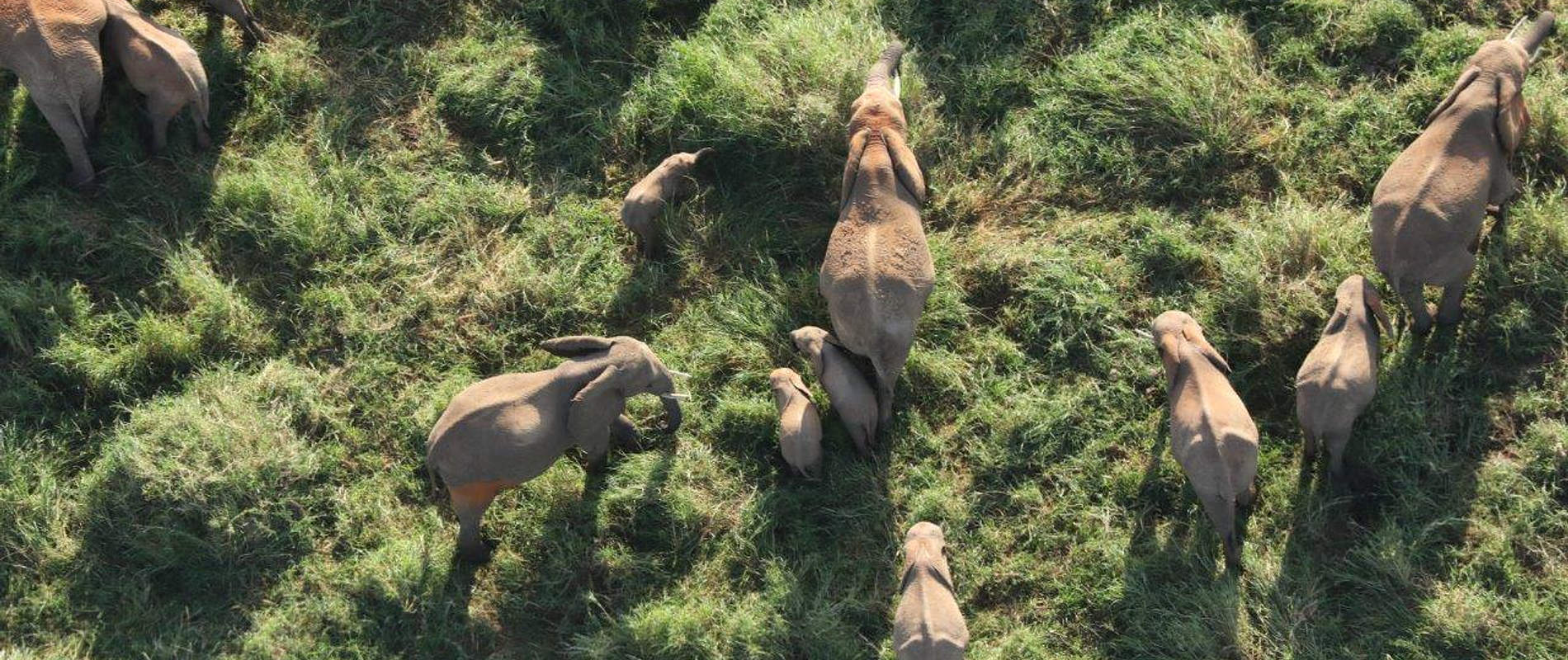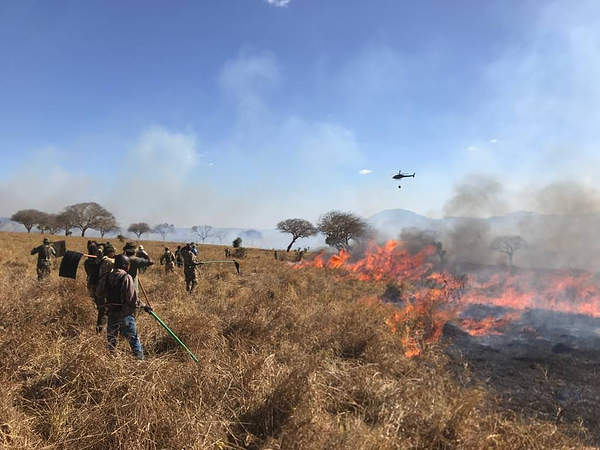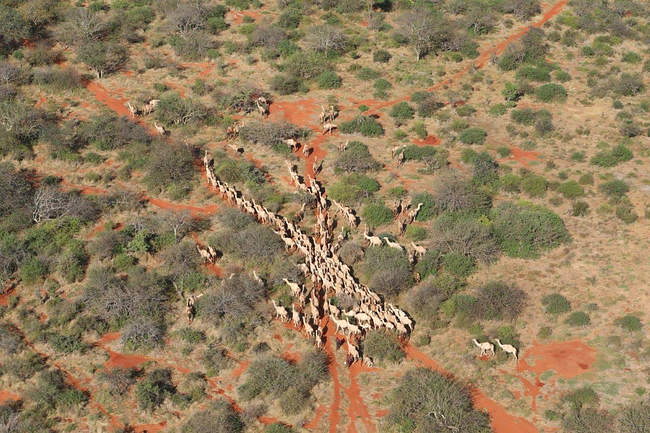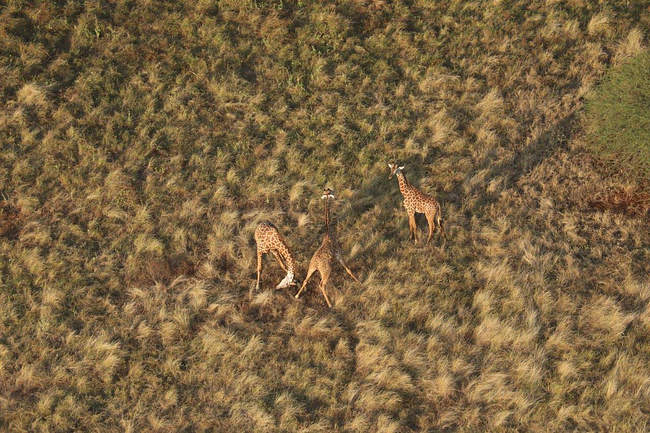In June, Tsavo started to feel more like Tsavo again, following extended rains that had over many months transformed the area into a veritable jungle. So much so, that at times, it had been hard to recognise the area.
How quickly that can change in this wilderness, as the rains subside to allow the sun free reign to bake the earth. Hot days, accompanied with warm winds, have followed, drying the soil and resulting in the previously thick vegetation opening up. This in turn makes both aerial and ground patrols a little easier, with far greater movement and visibility afforded to our teams. As the waterholes dry up, elephants and other wildlife have started to migrate back to their usual areas, concentrated around permanent water sources and the largest of the temporary waterholes that still hold water. Only Ithumba, which received rain in biblical proportions, was still green (ish) by the end of June.

Whereas no direct evidence of ivory poaching was observed from the air during the month, the Aerial Unit and helicopter were involved in veterinary interventions, treating two elephants that appeared to have been targeted by poachers. The first was a bull, originally sighted during a fixed-wing patrol with what appeared to be an arrow wound. The second treatment involved another bull elephant near Amboseli, at Elerai, with an entry wound on the lower part of its left leg.
Out on a game drive, guests staying at one of Tsavo's Lodges, sighted two painted hunting dogs with snares around their necks. Requiring a prompt response, aided by the aerial team, from the SWT/KWS Tsavo Veterinary Unit, with both individuals attended to.
Charcoal burning has been on the rise for the last two months, so patrols were ramped up in known hotspots, particularly in the Chyulu Hills, and both Kishushe and KARI ranches. Livestock was not a major feature in the Tsavo Parks in June, however, large numbers of cattle persist in key areas of Tsavo West, particularly the southern section of the Park. At the request of KWS, we also increased patrolling efforts in South Kitui National Reserve during June, due to a large influx of illegal activities (particularly camel grazing and charcoal burning).
As in the previous month, the Aerial Unit, and especially the helicopter, was busy with cases of human-wildlife conflict (HWC). Fixed-wing aircraft were also called out on three occasions to locate elephants that had been reported in community areas.
Perhaps the greatest negative of Tsavo drying out has been a dramatic increase in bushfires. Not only is the area dry, but all of the rain has provided huge amounts of fuel in the form of the copious amounts of dead and drying long grasses and other bush. Several fires were attended to by SWT and KWS ground crews, and one fire was also attended to by our helicopter, undertaking multiple fly-overs with the Bambi bucket (carried below the helicopter it can carry up to 8,000 litres of water at a time) dousing the flames and soaking the area to help limit the fire's spread.
Wildlife sighting highlights in June included, observations of painting hunting dog on a number of occasions, including pups, as well as more sightings of striped hyena and aardwolves, along with leopard and lion sightings.



